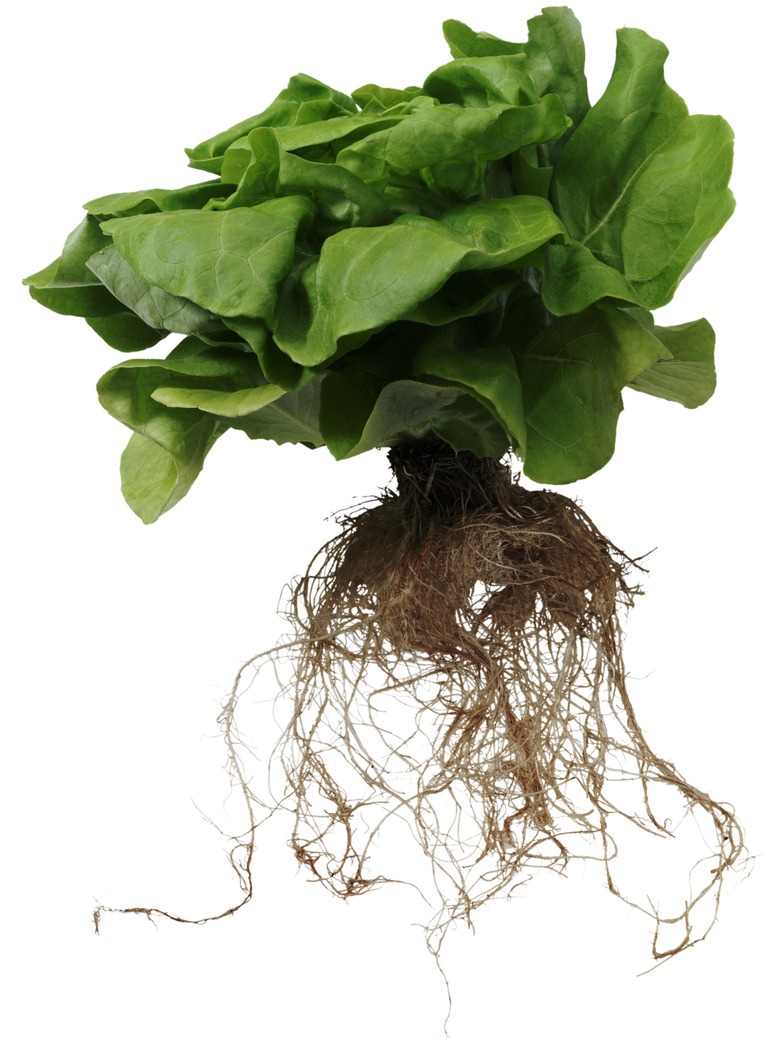Differences Between Hydroponics & Aeroponics
Both hydroponics and aeroponics are alternative forms of gardening that do not use soil as a medium for growth. The main difference between the two is that hydroponics uses water instead of soil as a growing medium, and aeroponics does not use either. Because aeroponics and hydroponics have a lot of similarities, the two terms are often used together and often mistaken for the same thing.
Aeroponics
Step 1
Aeroponics is an alternative form of gardening that does not require soil or water as a medium for growing. In this style of gardening, the plants survive with the roots exposed to the air. A light mist of water and other nutrients is sprayed on the roots regularly to keep the plants alive. Because the mist used in aeroponics contains water, it is often confused with hydroponics. Once the plants are started, they are then suspended into the air, in an enclosed growing chamber. This is where the plants will stay for the duration of their lives. Lighting and temperature is controlled in the growing chamber.
- Both hydroponics and aeroponics are alternative forms of gardening that do not use soil as a medium for growth.
- The main difference between the two is that hydroponics uses water instead of soil as a growing medium, and aeroponics does not use either.
Hydroponics
Step 1
In hydroponic gardening, plants are grown in water instead of soil. Mineral solutions are added to the water to help them survive. Seedlings are usually started in a smaller version of soil, such as perlite or clay pebbles. Then, the developed seedlings are transferred to a hydroponic container with water. The containers are kept in a room or container where the lighting, temperature and humidity are controlled. Many types of plants will grow in a hydroponic set-up.
Positives and Negatives of Aeroponics
Step 1
The aeroponics gardening method can be clean and efficient. It can also produce high yields of crops very quickly. Crops can be planted year round, and they have a low risk of developing diseases or infections. The downside to using an aeroponic gardening system is that it can be expensive to buy all of the necessary equipment to get started. You also need to have room indoors in which to set up a system.
- In hydroponic gardening, plants are grown in water instead of soil.
- The containers are kept in a room or container where the lighting, temperature and humidity are controlled.
Positives and Negatives of Hydroponics
Step 1
The benefits to using a hydroponic gardening system include lowered maintenance, year-round crop production and the ability to control the climate. However, hydroponic gardens do have a few downsides. For example, if the temperature isn't regulated on a hot day, the plants could all die. The hydroponic set up can get very expensive, mainly because of the cost of lighting. Learning hydroponic gardening can also take a lot of time, with potential costly trials and errors.
